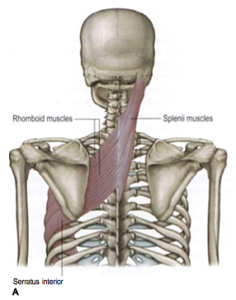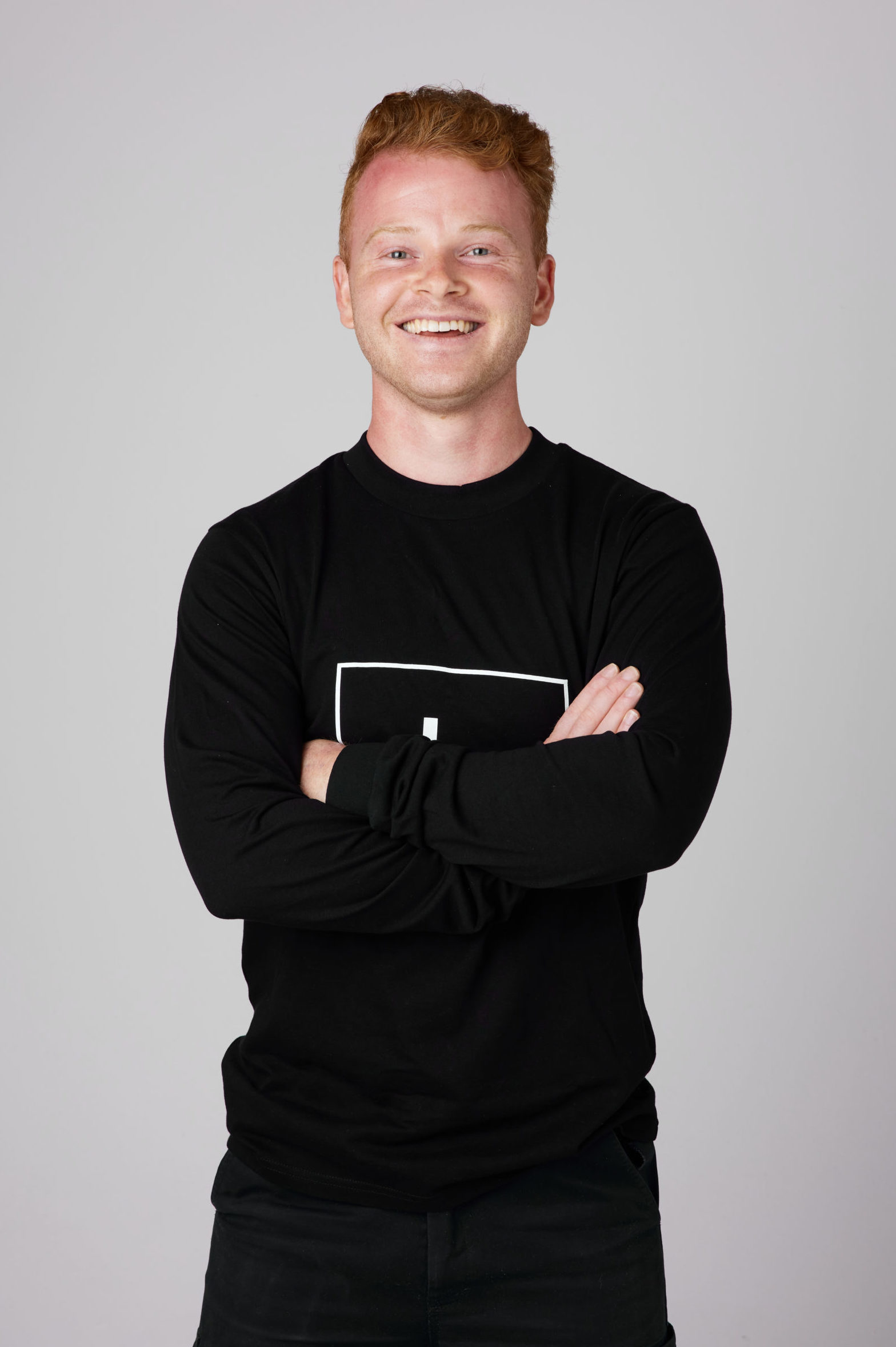Sustained Postures and the Importance of the Thoracic Spine
March 17thKia ora Melbourne, my name is Nick.
The intention of this blog is to educate you about posture, and for the sake of a bit of fun I am going to relate it to surfing and cycling. Now this might seem like an unusual pairing of sport to talk about posture with, but let me explain. Firstly, I chose surfing because it gets me outside, gets me feeling stronger and gets me in the water. Secondly, I chose cycling, as after recently moving to Melbourne from New Zealand, I see a lot more cyclists on the road. Interestingly, they always seem to be cycling by the coast… maybe I am sensing a link here?! Surfers and cyclists are both exposed to sustained postures at differing extremes for long periods of time. As you can see in the pictures below, cyclists tend to be in spinal flexion (bent forward), whereas surfers tend to be in spinal extension (back arched). The position of the cyclist can be similar to the position you are in when you are sitting at work or bent over looking at your phone.
Biomechanically, the thoracic spine (mid back) is biased into flexion, due to the shape of the vertebrae. Flexion and extension movement ranges of the thoracic spine are limited relative to the cervical (neck) and lumbar spine (lower back), largely due to the attachment of the rib cage. However, the thoracic spine has a substantial degree of rotation movement available.

Anatomy Trains – Thomas W. Myers (Second Edition)
To reinforce the importance of the thoracic spine, this diagram illustrates that it has direct connections to the neck, low back, ribs and shoulder blades. That is a lot of connections! If we look at the shoulder as an example, having reduced thoracic mobility decreases the range of shoulder movement, as it changes the position of the shoulder blades on the rib cage. This is because biomechanically, thoracic extension is needed to move the shoulder through it’s full overhead range of motion. A simple test to understand this relationship is to sit slouched and lift your arms up overhead, then re-test sitting up straight. You’ll notice you can get a lot more range of motion when your body is upright!
A lack of mobility and strength around the thoracic spine (mid back) and shoulder blades will lead to changes in biomechanics throughout the body. These changes can commonly cause pain at the neck, shoulders and low back. It can also affect your breathing, whereby being flexed reduces the amount of expansion possible at your ribs and the ability of the diaphragm to expand efficiently.

Prolonged Thoracic Flexion – Cycling
Let’s start by talking about flexion posture using cycling as an example. There is nothing wrong with being in prolonged flexion, particularly for sitting based activities such as cycling, rowing and kayaking. But it’s important to appreciate Wolff’s law, which is named after a German anatomy scholar who was ahead of his time. Wolff stated that tissues adapt based on the stress or demands placed upon them. It’s this principle that explains why your body gets stronger after resistance training or more mobile after a yoga session. But it also means that the different positions and loads you place your body under everyday determine your myofascial and skeletal balance, which in turn determine your resting posture. If you find yourself spending a lot of time sitting, or in a flexed position during the day, it’s key that you find time to put your body into the opposite position (extension) in order to balance out the integrity of the tissue and keep it as naturally upright as possible. This is important because in activities of daily living like walking and running, the human body is designed to be upright, to have your head stacked on your shoulders, stacked on hips, stacked on feet. In simple terms, the closer your body is to this alignment, the more efficient your transfer of force will be throughout the body when you move. Efficiency + well distributed force = optimal performance + injury prevention.
The following exercises are to improve thoracic extension and rotation range of motion, as well as posterior chain strength. These movements counteract prolonged thoracic flexion and aim to maintain overall spinal and postural balance.
NB: These exercises are also great for all the desk workers out there!
EXERCISES
1. Kneeling thoracic rotation – complete 3 sets of 6 daily
2. Prone extension overhead press – complete 3 sets of 8 daily
3. Deadlift delt flies – complete 3 sets of 10 daily
TIPS for exercises 2+3: Ensure you engage your shoulder blades, keep your low back and pelvis as neutral as possible and your chin tucked to avoid incorrect loading of your neck and low back. Progress by adding hand weights.

Prolonged Thoracic Extension – Surfing
For the surfer, if they lack extension and rotation at the thoracic spine and/or endurance of the muscles of the trunk – this can lead to the low back over extending and the neck moving forward and overworking. This can lead to pain in these areas and a lack of power in the paddle stroke. So as a surfer it’s important to work on your thoracic extension and activate these areas before heading out on the water. Cyclists, it’s important to have regular mobility routines to enter thoracic extension and rotation based on the volume of your cycling to keep a healthy spinal alignment. Cyclists and people in a sustained flexed position need extension exercises to balance out their tissues, whereas surfers need it due to the high sustained demands of the thoracic spine and shoulders during paddling.
The following exercises are great to use as movement preparation for surfers to improve thoracic extension and rotation range of motion, as well as posterior chain strength. They aim to build the endurance required for the sustained thoracic extension position demanded while surfing.
EXERCISES
1. Surfer look overs – complete 3 sets of 6 daily
2. Prone extension overhead press – complete 3 sets of 8 daily
3. Deadlift delt flies – complete 3 sets of 10 daily
TIPS: Ensure you engage your shoulder blades, keep your low back and pelvis as neutral as possible and your chin tucked to avoid incorrect loading of your neck and low back. Progress exercises 2 + 3 by adding hand weights.
Both cyclists and surfers need to build the strength of their upper back muscles, in order to prevent tissue overload and/or injury. This is why you may notice a crossover of the recommended exercises (2+3). As previously highlighted, the thoracic spine at rest is in flexion. Because of the additional time cyclists spend in prolonged flexion while riding, they would largely benefit from an extension based mobility exercise to counteract this position of the spine.
Surfing on the other hand, requires sustained activation in prolonged extension. As our thoracic spine is not biased into extension, flexibility and endurance of these postural muscles is essential. Therefore, surfers would largely benefit from further mobility and strengthening into thoracic extension.
In summary, with its connections to the neck, low back, ribs, and shoulders, the thoracic spine is a keystone to posture, breathing, and efficient movement of the upper and lower limbs. Using surfing and cycling as an example of sustained postures in different positions, I hope this has shed some light on the positions you find your body is in for large portions of the day so that you can make a plan for spending time in different positions to keep your tissues balanced and to maintain the most efficient position for your body as possible.
Whether you are a cyclist, surfer, desk worker or in any ‘prolonged’ position throughout your workday (lets be honest – that is pretty much all of us!), having key exercises that improve thoracic mobility and activation of the muscles between your shoulder blades should be part of your daily movement flow.
Keep moving, change positions regularly and mobilise your thoracic spine!
See you out on the water +/or road!
Nick Pearse-Smith
Physiotherapist | Kinematics Strength + Recovery
Nick is at K2 offering Physiotherapy and S+C appointments on Mondays, Tuesdays, Thursdays, Fridays + Saturdays. You can book online with Nick here.
